I'm performing some operations with fractional numbers in a 16-bit FIXED-POINT processor.
I have to multiply the numbers \$ x=-6.35 \$, represented in \$ Q_{11} \$, and \$ y=-0.1 \$, represented in \$ Q_{14}\$.
First I represent the numbers in the respective notation in binary. The MSB is the sign bit.
So \$ x=11001.10100110011 \$ and \$ y=11.11100110011001 \$. I know the binary point is just in our mind and the processor treats this numbers as integers.
Ok then we multiply the numbers and get \$ x*y=11001000000100010011111001111011 \$. We eliminate the repeated sign bit and save the 16 MSB and represent the result in the appropriate format \$ Q_{10}\$: \$ x*y=100100.0000100010\$. This number corresponds to \$ - 27.966796875\$. But this doesn't make any sense, the result should be \$ 0.635\$.
What is going on here? Why is the result different? Am I missing something?
EDIT: So I realized that it was pointed out that I was performing unsigned multiplication. Taking what was said now I'm doing signed multiplication:
$$1100110100110011$$ $$1111100110011001$$ $$----------------$$ $$\color{blue}{1111111111111111}1100110100110011$$ $$\color{blue}{000000000000000}0000000000000000\text{_}$$ $$\color{blue}{00000000000000}0000000000000000\text{__}$$ $$\color{blue}{1111111111111}1100110100110011\text{___}$$ $$\color{blue}{111111111111}1100110100110011\text{____}$$ $$\color{blue}{00000000000}0000000000000000\text{_____}$$ $$\color{blue}{0000000000}0000000000000000\text{______}$$ $$\color{blue}{111111111}1100110100110011\text{_______}$$ $$\color{blue}{11111111}1100110100110011\text{________}$$ $$\color{blue}{0000000}0000000000000000\text{_________}$$ $$\color{blue}{000000}0000000000000000\text{__________}$$ $$\color{blue}{11111}1100110100110011\text{___________}$$ $$\color{blue}{1111}1100110100110011\text{____________}$$ $$\color{blue}{111}1100110100110011\text{_____________}$$ $$\color{blue}{11}1100110100110011\text{______________}$$ $$\color{blue}{0}0011001011001101\text{_______________}$$ $$----------------$$ $$\color{red}{1}\color{green}{0}{0010001000111111010101001111011}$$
The last carry (red) is eliminated. Then the repeated sign bit (green) is also shifted to the left, adding an extra 0 bit at the end. Finally we save the 16 most significant bit and represent the result in \$ Q_{10}\$:
$${0010001000111111}$$
But this is \$ 8.5615234375 \$, not \$ 0.635 \$... So we are getting closer but the result is still off. Any ideas?
